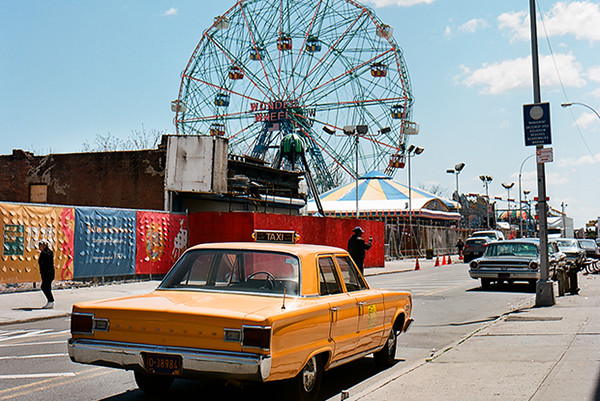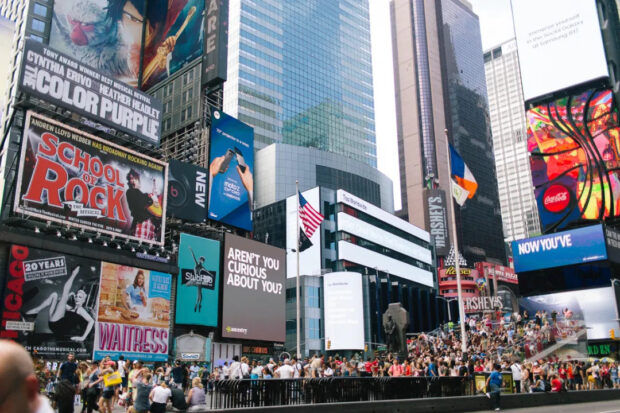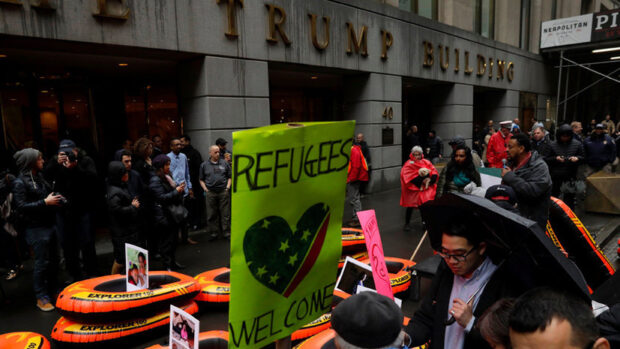
Migrants have always played a key role in the economy of American cities. Think of the hundreds of Chinese laundries opened in San Francisco in the middle of the 19th century or street vendors from Eastern Europe who flooded New York at the beginning of the last century.
The data from the first censuses (they have been conducted in the United States since 1880) indicated that migrants were more inclined towards entrepreneurial activity than those who were born in America. This trend is still relevant today. In 2011, immigrants opened more than a quarter of all new businesses in the United States. In New York City, almost half (48%) of small business owners were born outside America, and in sectors such as construction or trade, more than 60% are emigrants.
In the era of globalization, small business is one of the most stable segments of the urban economy. It is not so susceptible to the conjuncture of world markets during crises and is especially important in a situation when large companies move production outside of cities.
READ: New York Architecture: Unusual Beauty and Best Architects
Small businesses will always find ways to survive. And for migrants, it often becomes the only source of livelihood.
Over the past 10-15 years, migrants have sparked an entrepreneurial boom in major US cities, from New York to Los Angeles. They play a key role in the food industry, wholesale and retail trade, clothing, jewelry, transportation, professional services from medicine to accounting and law.
It is the migrant communities that have played a major role in transforming the desolate neighborhoods of New York. During the 1980s and 1990s, in different parts of the Big Apple, Chinese, Koreans, Indians, immigrants from the former USSR, Latin America, and others opened new stores, restaurants, and small-scale industries. For example, immigrants from Guyana have made the Richmond Hill area in South Queens one of the city’s busiest retail outlets.
The Chinese have breathed life into the Sunset Park area on Eighth Avenue, formerly known as Little Scandinavia. Indian traders and jewelers have settled in the Jackson Heights Historic District. In all cases, the settlement of areas by immigrants led to an increase in property prices, a decrease in crime, and most importantly, a decrease in unemployment, including after the terrorist attacks of September 11, 2001.
READ: 10+ Incredible Posters From The History Of New York City
For a long time, the business of migrants remained on the periphery of the city authorities’ attention. Although it is more difficult for a native of another country to do business than for local residents, for many reasons. Including due to ignorance of local laws and culture, language barrier, lack of credit history and opportunities to attract funding, isolation within the ethnic community. In New York, the situation was complicated by the regulatory system and high prices for real estate and insurance, which forced many immigrants to move to cheaper cities.
Former Mayor Michael Bloomberg tried to solve the problem of immigrants.
In his 10 years of leadership in the city, he has made supporting entrepreneurship an important part of the city’s economic strategy. The New York City Economic Development Corporation has partnered with the New York City Department of Small Business Services to launch pilot programs to support small business migrants. Immigrants from other countries have the opportunity to take training courses in their native language, get a grant for business development, access to cheap loans and microfinance, improve their qualifications or confirm a diploma.

By the end of 2019, there were approximately 270 million people globally who have left their homeland to live and work abroad.
This is only 3.5 percent of the world’s population. Migrants, unlike refugees, go to other countries not out of fear for their lives, but in order to earn a living or get an education. They make an important contribution to promoting sustainable development: the volume of remittances sent by migrants to their home countries is three times the amount allocated for the provision of official assistance to developing countries on a global scale.

Protests against Trump’s immigration policies outside Trump Tower in New York.
The largest city in the United States – New York – can legislate for itself the status of asylum for illegal migrants. The draft of the relevant law has been submitted to the city council. According to the document, the New York police and local officials will be prohibited from assisting the federal authorities in expelling newcomers from the city.
The bill was submitted to the New York City Council by a group of Democrats, including Council Speaker Melissa Marc-Viverito.
READ: 15 Best Small Towns in New York
“The bill prohibits spending city budget funds to assist the US Department of Homeland Security in expelling immigrants from the city,” one of the authors of the project, a member of the New York City Council, Rafael Espinal. Currently, according to the mayor’s decision, New York is a city of refuge for illegal immigrants, and the city police department has an order from the mayor not to assist immigration police officers. After the adoption of our bill, the city authorities will not have the right to assist in the expulsion of immigrants, whoever holds the post of mayor. Thus, in fact, the status of New York as a city of refuge will be legislated.
Like us on Facebook for more stories like this: